Description
Non-metals in the periodic table are elements that typically lack the characteristics of metals. They are usually found on the right side of the periodic table, starting with Group 13 or 14. Unlike metals, non-metals are not lustrous and do not conduct heat or electricity well. They have higher electronegativities, meaning they tend to attract electrons rather than donate them, which is why they often form anions in chemical reactions. Non-metals can exist in all three states of matter at room temperature: gases (like oxygen and nitrogen), liquids (like bromine), and solids (like carbon and sulfur). They play a crucial role in various biological and chemical processes, forming the basis of many compounds necessary for life, such as water, carbon dioxide, and organic molecules. Their chemical behavior is diverse, ranging from highly reactive elements like fluorine to noble gases like neon, which are almost completely inert.
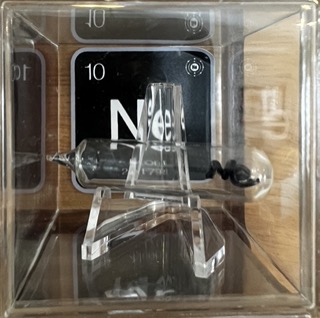
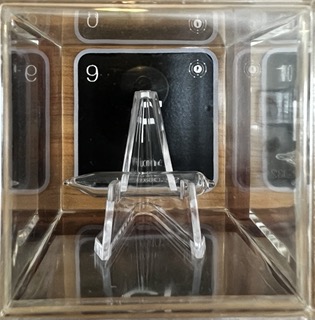
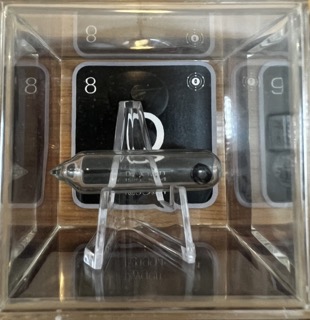
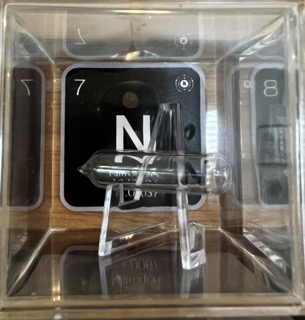
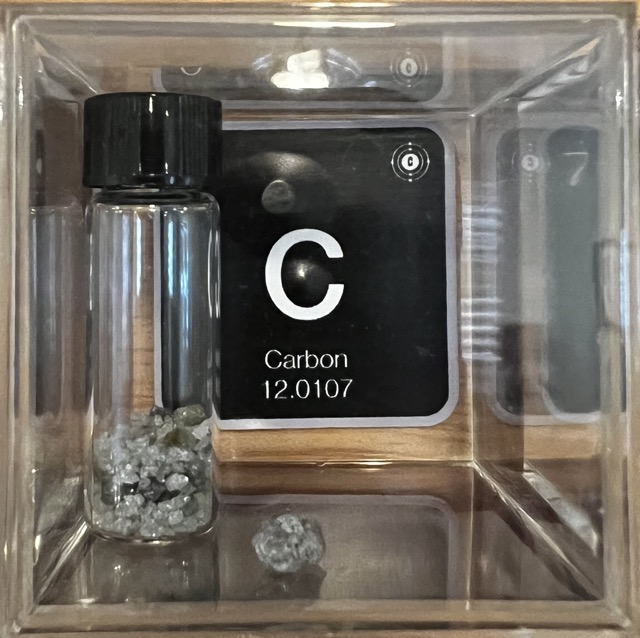
 using WordPress and
using WordPress and